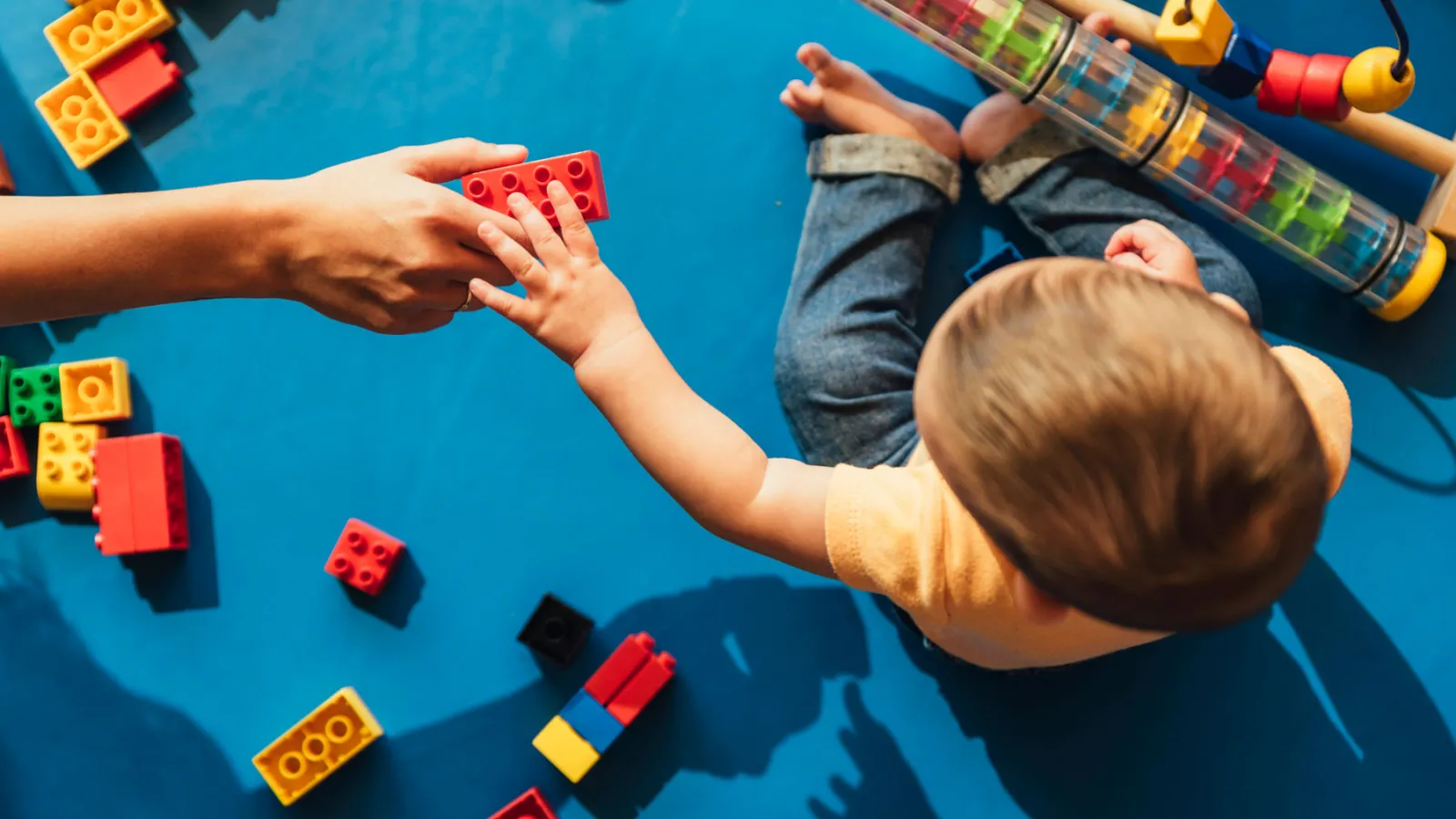Banner

Title
resources
Resource Library
Our Resource Library contains materials and assistance for early childhood educators and those they serve. Explore our selection of podcasts, tip sheets, websites, documents, and self-study courses.
Results: Page 8 of 56
| Resource Name | Description | Resource Type |
|---|---|---|
| Babies' Brains Learn Speech Months Before Their First Words [STUDY] | Research out of the University of Washington finds that speech sounds stimulate babies' brains to help them learn how to form words--before they even start speaking. | Website |
| Baby Center | This site offers information on developmental milestones, interactive charts for your child, blogs and discussion boards, and links to news articles. | Website |
| Baby Games Calendar | At Pathways.org you can find activities, milestones, and games based on a baby’s date of birth. | Website |
| Baby Know | This website provides "tools and strategies for parents to help with your baby's development." Check out their programs, courses and resources. | Website |
| Baby Talk Isn’t Just Cute—It’s Critical for Kids’ Vocabularies | “Can you say mama?” “Wave bye-bye!” If you’ve spent any time around a baby, chances are you’ve heard or said things like this. The high-pitched, singsong tone we switch to when interacting with young children can go by many names — baby talk, parentese, or, according to development specialists, infant-directed speech. But as simplistic as this melodic chitchat might seem, the conversations are crucial. Learn more in this article from Popular Science. | |
| Baby Teeth Link Autism and Heavy Metals | A recent study from the NIEHS has discovered that children with autism have more toxic lead and less of the essential nutrients zinc and manganese in their baby teeth, as compared to teeth of children who do not have autism. The differences in metal absorption for children with or without autism were especially significant during the months just before and after birth. The findings suggest that autism begins in the womb, and that our environment can increase a child's risk. | Website |
| Bebés bilingües brillantes | "Babies are remarkably good at learning languages in their first year of life. In this brief from the National Center on Early Childhood Development, Teaching and Learning, find out how home visitors can support young children who are learning more than one language. Discover the most up-to-date information to answer three prompts: “What does research say?”; “What does it look like?”; and “Try this!” This resource is also available in ENGLISH. | Document |
| Bebés y Niños Pequeños: Desarrollo Temprano del Lenguaje y Preparación Escolar (Infants and Toddlers: Early Language Development and School Readiness) | Esta hoja de consejos destaca la relación entre el desarrollo del lenguaje, la autorregulación y la preparación escolar. This tip sheet highlights the relationship between language development, self-regulation and school readiness. | Tipsheet |
| Bebés y Niños Pequeños: El Medio Ambiente como plan de Estudios (Infants and Toddlers: Environment as Curriculum) | Esta hoja de consejos explora cómo los cuidadores pueden utilizar el entorno para apoyar el desarrollo de bebés y niños pequeños.This tip sheet explores how caregivers can use the environment to support the development of infants and toddlers. | Tipsheet |
| Bebés y Niños Pequeños: Estrategias para Apoyar a los Estudiantes de dos Idiomas (Infants and Toddlers: Strategies for Supporting Dual Language Learners) | Esta hoja de consejos explora los beneficios y las estrategias para apoyar a los bebés y niños pequeños que aprenden en dos idiomas.This tip sheet explores the benefits of and strategies for supporting infants and toddlers who learn in two languages. | Tipsheet |
Results: Page 8 of 56